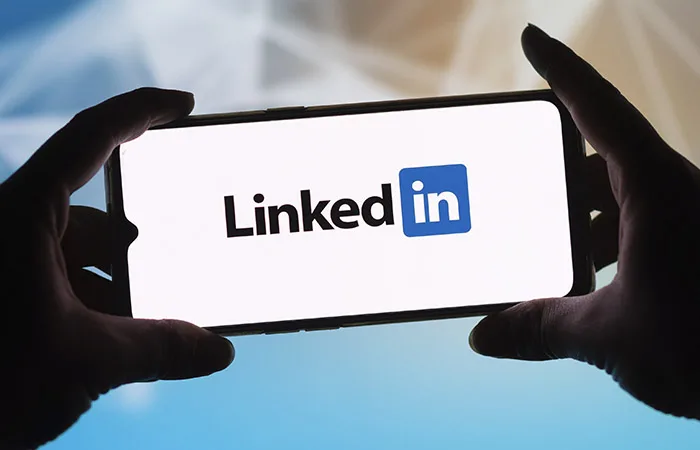The market of influencer marketing in Uzbekistan is developing rapidly. More and more brands are realizing that engaging with bloggers and opinion leaders provides much more than just reach — it's a way to build trust and dialogue with your audience. But before launching a campaign, it is important to understand, how to choose an influencerso that the collaboration gives a real result, and not just beautiful figures in the report.
Understand your goals and audience
Before you start looking for an influencer, it's important to clearly understand what exactly you want to achieve. It's not just about increasing sales — perhaps the goal is to create awareness, attract new subscribers, reposition the brand, or bring a new product to market. The goals depend on the format of cooperation and the type of blogger you will work with.
You also need to know exactly who you want to attract. For example, by promoting local a cafe in Tashkent, it makes no sense to reach out to bloggers whose audience is mainly from Moscow or Alma Ata. The more accurately you define your audience, the easier it will be to choose the right media partner.
Explore the influencer segment in Uzbekistan
Today influencers in Uzbekistan — it's not just Instagram bloggers with hundreds of thousands of followers. These are also TikTok creators, YouTube authors, Telegram channels, niche opinion leaders, and even micro-influencers with an audience of up to 10,000 subscribers, but a high level of trust.
Each platform has its own ecosystem:
Instagram works great for visual brands, fashion, food, cosmetics.
TikTok provides viral reach, especially among young people.
Telegram is a platform for expert content and direct sales.
YouTube is suitable for long narratives and reviews.
To choose the right influencer, it's important to understand where your target audience lives and what content they interact with most often.
Evaluate engagement, not just subscribers
Many companies make the same mistake: they focus on the number of subscribers. In fact, the number in the profile may not mean anything if the public does not interact with the content.
It is much more important to look at the level of engagement: comments, saves, reposts, reactions, activity in stories. It's good if the blogger shows statistics himself — reach, engagement, and audience. If there is no such data, this is a reason to be wary.
You should also pay close attention to subscribers: if you see that the audience is "screwed up", too many fakes or suspicious bots — cooperation with such a blogger can turn out to be a waste of the budget.

Analyze your communication style and values
Even if the influencer seems promising in terms of reach and engagement, it is important that they "align" with the brand in spirit. See how he communicates with the audience: sarcastically, inspiringly, neutrally, in a friendly way? What is his reputation? Was he involved in scandals? How often does it advertise other brands?
If a blogger constantly posts ads, subscribers stop taking them seriously. It is better to choose those who fit your product organically and can really recommend it from themselves.
Compliance with values is the basis for trusting the perception of advertising.
Check past ad campaigns
Review how the blogger used to place ads: how creative they were, whether there were any comments from subscribers, whether they asked about the product, how quickly they placed posts, and whether they kept their promises on time. All these are important signs of its reliability and involvement in the process.
It is also useful to ask the blogger what cases he can show. It happens that a person has a small reach, but he knows how to sell"head-on". And sometimes-on the contrary, the numbers are beautiful, but the output is zero applications.
Compare with other bloggers in your niche
To make an informed choice, it is useful to create a small table with potential bloggers. Compare:
their content style and subject matter;
the platform they are active on;
engagement rate;
subscriber demographics;
terms of cooperation.
This comparative analysis will allow you to take a broader look and choose the most suitable media partner for a specific campaign.
Test and build long-term relationships
You don't need to launch a large-scale campaign right away. Sometimes it is useful to start with a test: a small integration, a story, or participation in a raffle. This will help you evaluate the audience's response and user experience with the blogger.
If the result is positive, it makes sense to build a long-term partnership. The constant appearance of a brand in a blogger's content builds awareness and trust much more effectively than a one-time mention.








